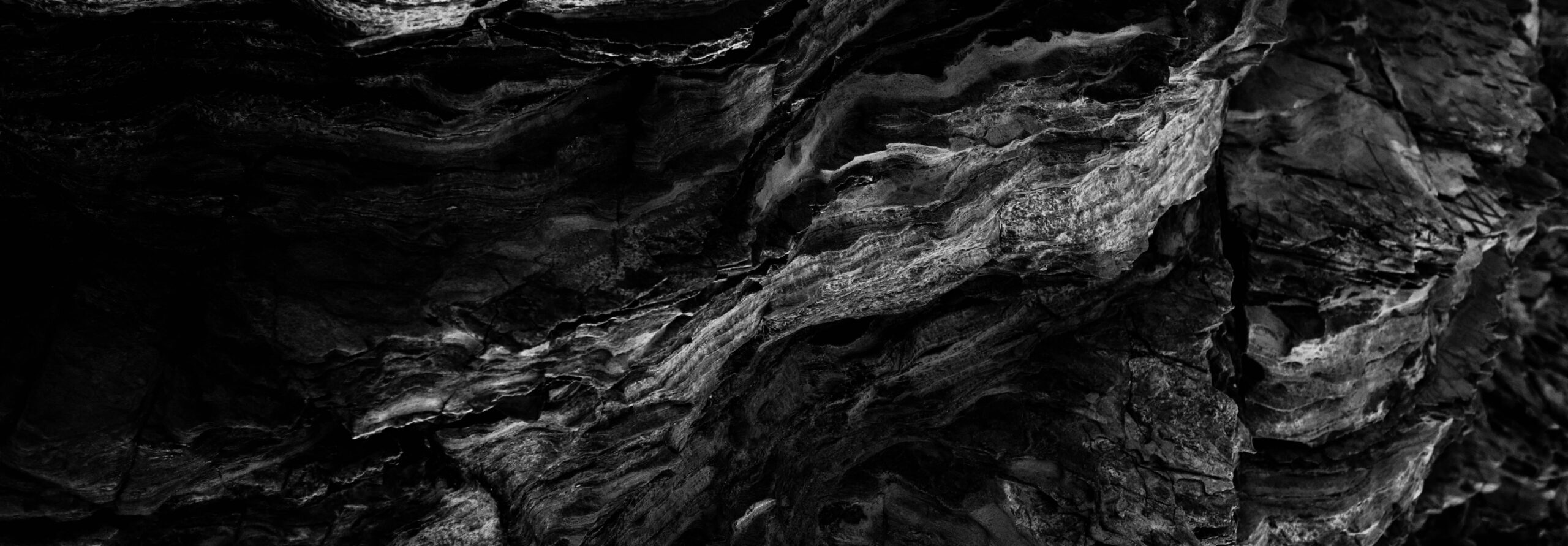by Eric Beaucé, Gaspard Farge, Leila Mizrahi, Kelian Dasher-Cousineau & Davide Zaccagnino
SUBMIT YOUR ABSTRACT! CLICK HERE: https://agu.confex.com/agu/agu25/prelim.cgi/Session/251479
The spatio-temporal patterns in seismicity — e.g. clustering, swarms, synchronization — are not fully understood in the canonical models of strain accumulation and release. Simple elements emerge from the complex multi-physics of the earthquake cycle. We seek to highlight new analytical, statistical and computational tools that better characterize these phenomena and deepen our understanding in the physical processes at play. In this session, we welcome observational, theoretical and numerical studies addressing some aspects of the complexity in seismicity and in faulting, including but not limited to: the emergent properties of seismicity, the physics of fault interactions and seismic-aseismic feedback, the seismic rupture and associated transient deformation processes, or the process of strain localization.
To better understand emergent phenomena in seismology (e.g., preparatory processes of large earthquakes) and the complexity of seismicity and faulting, innovative and interdisciplinary research is needed handling large data amounts with more accurate physical, computational
and AI-enhanced models able to investigate the chaotic and nonlinear nature of fault systems across multiple scales, from microfractures to global tectonic settings. Our session aims at being a place to show innovative contributions in the field of earthquake physics with special attention to the complexity of seismicity and faulting and an opportunity for discussions inspired by cutting-edge ideas.
Our session is devoted to the modeling of complexity in seismology and seismotectonics. Research works about the following topics are especially welcome:
1) Complex spatio-temporal evolution of earthquakes, tremors and silent events in tectonic, volcanic and anthropic settings.
2) Fault-fault interactions: how fault networks evolve and interact over time, influencing large earthquake dynamics as well as swarms and seismic sequences.
3) Complexity during earthquake ruptures; stress and slip propagation within fault systems during seismic and aseismic events.
4) Complexity and its different features in laboratory experiments.
5) Quantitative approaches for the assessment of complexity in faulting and deformed tectonic regions.
6) Geodetic markers of complexity in fault slip behaviours.
7) Mutual complex interactions among coexisting different fault slip types (earthquakes, slow slip events, tremors and aseismic creep).
8) Advanced imaging techniques to visualize complex fault structures and their interactions.
9) Multidisciplinary approaches (combining computational tools, geological observations, seismological analysis) to develop unified models of fault networks growth and maturation.
10) Chaotic and non-linear nature of seismic events and fault mechanics: theory, simulations, observations and experiments.
11) The impact of the structural and rheological complexity of faulting on the seismogenetic potential and the statistical properties of seismicity.
12) Preparation processes of large earthquakes.

